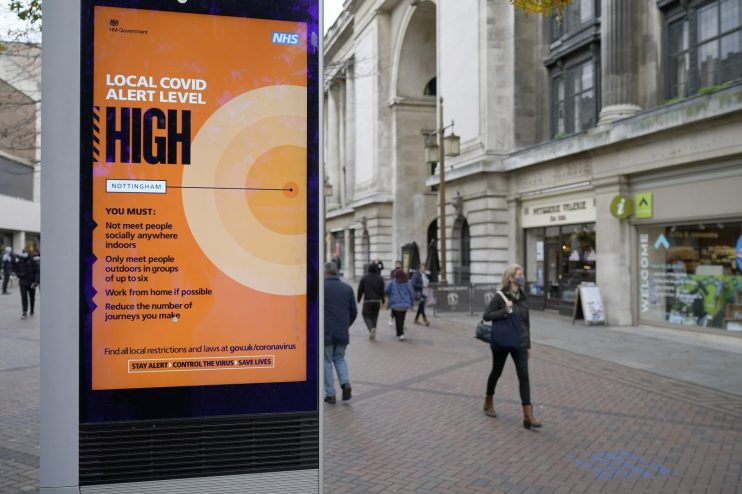We need a British Development Bank to level-up the regions

Tomorrow, chancellor Rishi Sunak will address the nation and announce the government’s National Infrastructure Strategy.
While the focus has primarily been on what infrastructure investments and tax reforms might be on the horizon, there is an opportunity here to think bigger. What Britain needs is a new financing institution, like a British Development Bank, to put turbochargers under this parliament’s major challenge: rebalancing the economy.
While nowhere has been completely immune from the impact of the pandemic, research from Oxford Economics shows that Covid-19 has hurt the economies of the UK’s towns and cities in the regions the hardest.
The East Midlands in particular is considered the most “structurally vulnerable” area to coronavirus given its role as a manufacturing hub, while London and the South East are predicted to see the smallest declines in economic output.
The regional inequality we are seeing now follows decades of underinvestment in lagging parts of the country. Since 2007, infrastructure spending per capita in London has been over triple the rate in the East Midlands and Yorkshire and the Humber. According to Bank of England data, 25 per cent of all SME loans are lent in London, versus just 2.8 per cent in the North East and 3.5 per cent in Wales.
The question is not just what the problem is, but how you fix it — and, crucially, how you pay for it.
In response to Covid-19, we have seen unprecedented levels of state expenditure in order to safeguard the economy — and rightly so. But going forward it is crucial that this government maintains its reputation for fiscal prudence and looks to the private sector to help bolster financing. We cannot just look to the taxpayer to improve infrastructure and level up the country. We need to mobilise private finance.
To do this, the chancellor should launch a British Development Bank. This would do three key things.
First, it would mobilise private capital to multiply government funds by a factor of four, meaning that for every £1 of government spend, £3 of private capital spend will be unlocked.
Second, it could have a mandate to specifically target investment in the regions, ranging from SME lending to capital investment in development projects.
Finally, it would have the power to issue regional bonds, ringfencing funding for regional development in the areas of the country where it is needed most.
The idea of a British Development Bank is modelled off Kreditanstalt für Wiederaufbau (KfW) in Germany. Since 1991, KfW has been responsible for almost one out of every 10 euros invested in East Germany, helping to reduce the gap in disposable incomes between areas of the country by over 50 per cent.
This tried and tested model has achieved such success not by using taxpayers’ money, but by mobilising large amounts of private capital for infrastructure and businesses. Its track record of successful investment means that KfW now receives 99 per cent of new funding from capital markets, not from the German taxpayer.
Our own country has for decades suffered from disconnected towns, villages and cities, weak capital formation, and an infrastructure financing gap, with knock-on implications for regional productivity and earnings. The coronavirus pandemic has only amplified these problems.
A British Development Bank is part of the answer, boosting investment in regional economic development and leveraging much greater levels of private capital in the process. The chancellor should be bold and make this the centrepiece when he announces the National Infrastructure Strategy tomorrow.
Main image credit: Getty